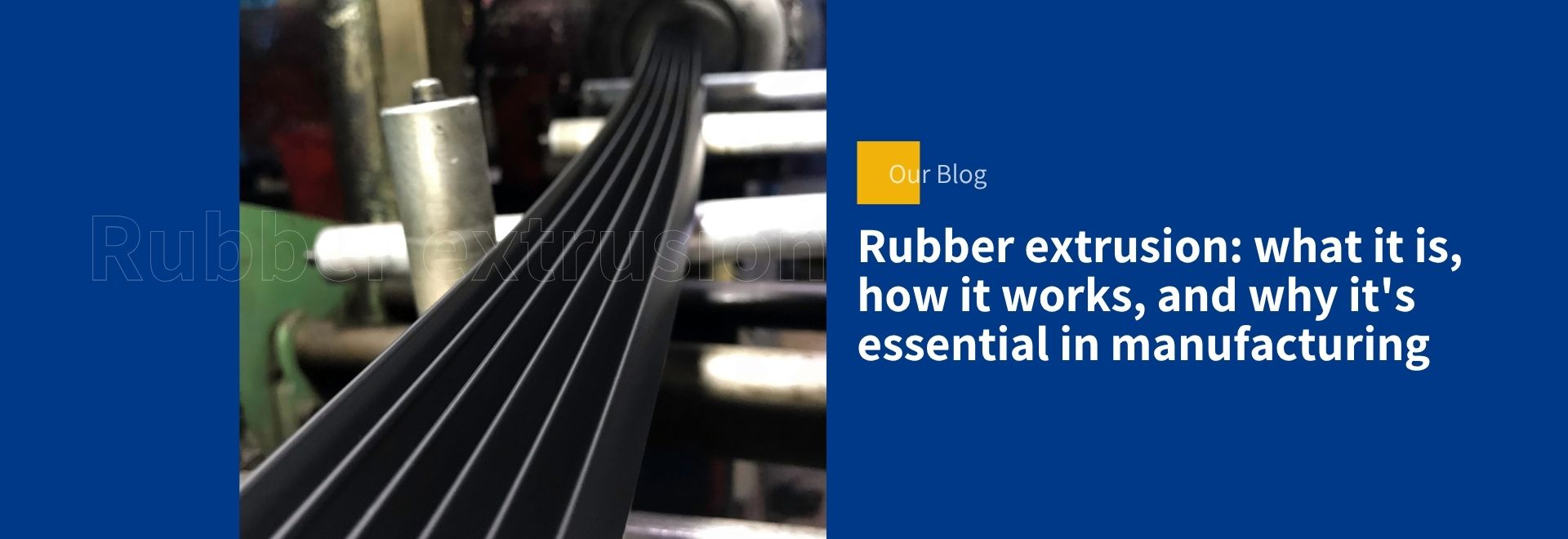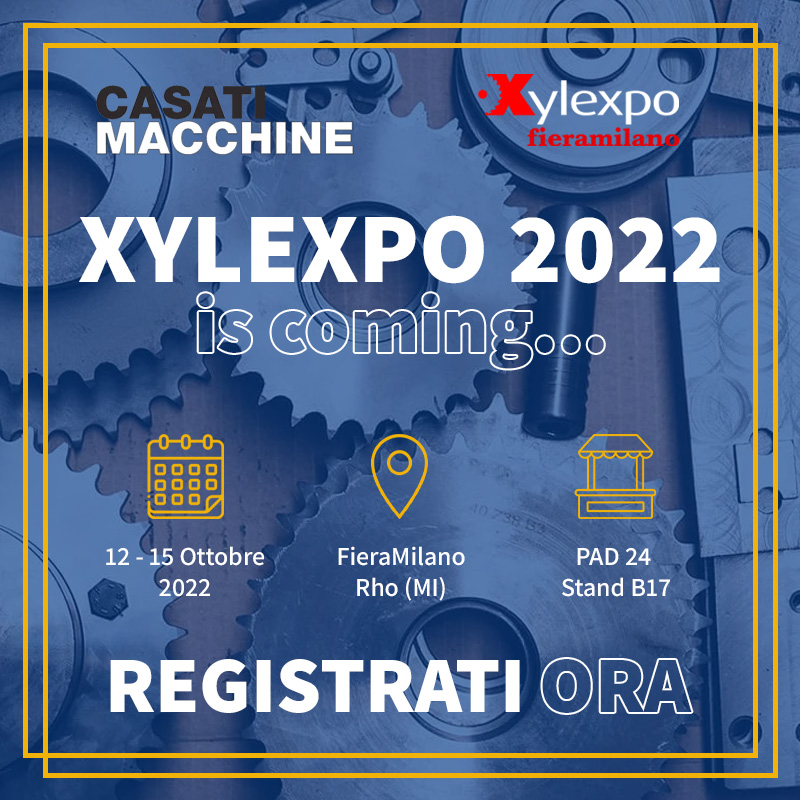
Rubber extrusion is one of the most widely used and strategically important processes in elastomer transformation. It is used to manufacture a broad range of technical products: hoses, gaskets, profiles, coatings, and components for industries such as automotive, construction, furniture, and general manufacturing.
For over 70 years, Casati Macchine has been a benchmark in the design and production of rubber processing machines, with a strong focus on high-performance extrusion lines. Decades of hands-on experience allow us to deliver customized, reliable, and efficient solutions.
But what exactly is rubber extrusion? How does the process work, and what are its practical applications?
In this article, we’ll answer the most common questions and provide a clear, straightforward explanation of everything you need to know about this fundamental manufacturing technique.
Whether you’re a technician, engineer, or production manager, here you’ll find valuable insights to help you better understand how rubber extrusion lines work—and how to choose the best solution for your needs.
Index
- What is rubber extrusion?
- How does the rubber extrusion process work?
- What are rubber extrusions and what are they used for?
- What types of rubber extrusion are there?
- What are rubber extrusion lines?
What is rubber extrusion?
Rubber extrusion is an industrial process used to shape elastomeric materials into continuous profiles with defined cross-sections. The material is heated, softened, and then pushed through a die (also called a tool) that gives it the desired shape.
This method is ideal for manufacturing items such as hoses, seals, cable sheathing, technical profiles, and other rubber components used in industrial, construction, and automotive sectors.
One of the main advantages of extrusion is the ability to produce long, uniform, and customizable products tailored to specific requirements for shape and performance. The process is compatible with a wide range of rubber compounds, both natural and synthetic.
How does the rubber extrusion process work?
The rubber extrusion process follows a series of clearly defined stages, each essential to ensuring a precise and high-quality end product:
- Material preparation
The process begins with rubber compound, either natural or synthetic. The material is fed into the hopper in the form of granules, strips, or blocks. - Plasticizing
Inside the extruder, the rubber is gradually heated and softened using a rotating screw system. This step is crucial for making the material homogenous and processable. - Forcing through the die
Once plasticized, the rubber is pushed through a specially shaped die, which determines the profile’s cross-section. - Vulcanization (if needed)
In many cases, the extruded product must undergo vulcanization to stabilize its shape and enhance its mechanical properties. This can be done using hot air ovens, autoclaves, or microwave and infrared tunnels. - Cooling and cutting
Finally, the product is cooled and cut to the required length. Depending on the type of extruded part, additional surface treatments or secondary processes may follow.
What are rubber extrusions and what are they used for?
Rubber extrusions are products made through the extrusion process. They are continuous profiles with defined cross-sections, which can be simple or complex, depending on the application.
They are widely used across many industries. Common examples include:
- Gaskets for doors and windows
- Flexible hoses for fluid or air transport
- Technical profiles for automotive, appliances, or construction
- Protective coverings for cables and wires
- Edge protectors and safety components for industrial environments
These products are highly versatile thanks to their customizable shape, size, and rubber formulation, which can be tailored for heat resistance, chemical durability, abrasion resistance, or pressure tolerance.
What types of rubber extrusion are there?
There are several types of rubber extrusion processes, each designed to meet specific production requirements. The main types include:
- Hot extrusion
The most common method. Rubber is heated inside the extruder until it becomes soft and moldable. After extrusion, it’s vulcanized using hot air ovens, steam, infrared, or microwave systems. - Cold extrusion
Less common, this process is used for special compounds that don’t require pre-heating. It’s ideal for producing low-deformation profiles under controlled conditions. - Co-extrusion
In this method, two or more different rubber materials are extruded simultaneously through a single die. The result is a multilayer profile, perfect for combining properties (e.g., soft and hard rubber in one product). - Reinforced extrusion
In some cases, extruded profiles may include internal reinforcements such as metal cords or technical fabrics to improve mechanical strength. This is common in high-pressure hose production.
What are rubber extrusion lines?
Rubber extrusion lines are complete systems designed to carry out the entire extrusion process, from compound preparation to the finished product.
A typical extrusion line includes:
- Feeding hopper, where the raw rubber material is loaded
- Extruder, with a rotating screw to heat and push the rubber through the die
- Die (or tool), which shapes the extruded profile
- Vulcanization system, such as a hot air oven or microwave tunnel
- Cooling system, usually with water or air
- Cutting and collection unit, for sizing the finished product
Modern extrusion lines are often fully automated and digitally controlled, ensuring consistent product quality and high productivity. Some setups are modular, allowing for flexible use across different product types or for managing multiple operations on the same line.
—
Rubber extrusion is a crucial process for manufacturing high-quality technical products used across countless industries. Understanding how it works, what options are available, and how extrusion lines operate helps businesses make smarter, more efficient production choices.
If your company operates in the rubber sector and you’re looking for reliable, high-performance, customizable machinery, partnering with the right technology provider is key.


